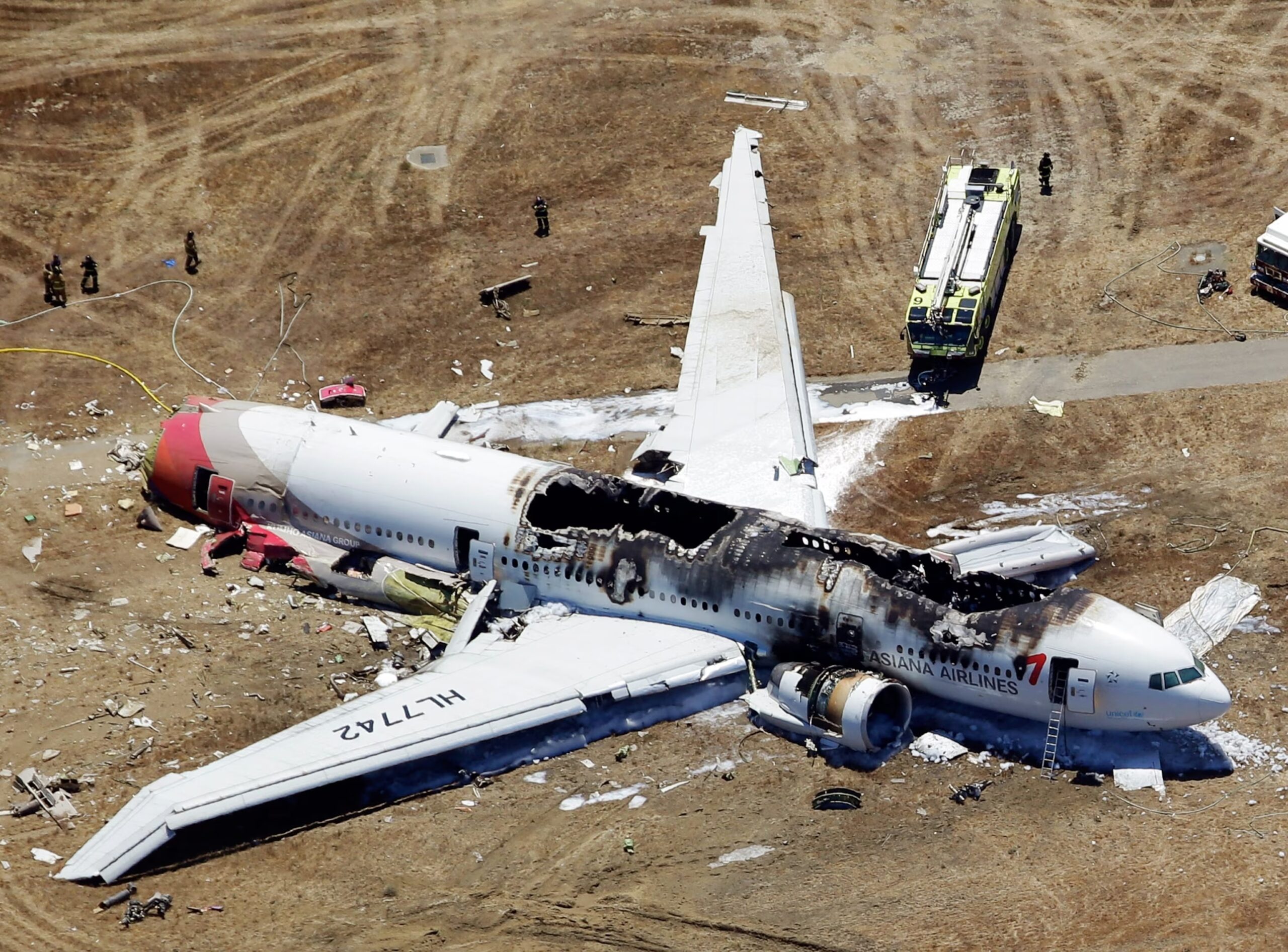The Tragic Events That Changed Aviation Forever
Aviation has come a long way since the Wright Brothers first took flight in 1903. With advancements in technology and safety measures, flying has become one of the safest modes of transportation. However, there have been instances in history where tragedy struck and lives were lost in devastating plane crashes. In this article, we will take a look at some of the worst plane crashes in aviation history.
1. Tenerife Airport Disaster, 1977
The Tenerife airport disaster remains the deadliest aviation accident in history. On March 27, 1977, two Boeing 747 planes collided on the runway of Los Rodeos Airport in Tenerife, resulting in the deaths of 583 people. Miscommunication, foggy conditions, and congested runways contributed to this tragic event.
2. Japan Airlines Flight 123, 1985
Japan Airlines Flight 123 holds the record for the deadliest single-aircraft accident in history. On August 12, 1985, the Boeing 747-146SR experienced an explosive decompression, causing the tail section to separate from the aircraft. The plane crashed into a mountain, killing 520 of the 524 people on board.
3. Malaysian Airlines Flight MH17, 2014
In 2014, Malaysian Airlines Flight MH17 was shot down over eastern Ukraine, resulting in the deaths of all 298 passengers and crew members on board. The plane was flying from Amsterdam to Kuala Lumpur when it was hit by a surface-to-air missile. This tragic event further highlighted the need for increased global cooperation in air safety.
4. Air France Flight 447, 2009
Air France Flight 447, an Airbus A330, crashed into the Atlantic Ocean on June 1, 2009, while en route from Rio de Janeiro to Paris. The crash was the result of a combination of factors, including technical malfunctions and human error. All 228 passengers and crew members on board lost their lives.
5. Pan Am Flight 103, 1988
On December 21, 1988, Pan Am Flight 103 was destroyed by a bomb over the town of Lockerbie, Scotland. The attack, which was later attributed to Libyan terrorists, resulted in the deaths of all 243 passengers and 16 crew members on board, as well as 11 people on the ground.
These are just a few examples of the worst plane crashes in aviation history. Each of these tragic events has led to important changes in aviation regulations and safety procedures, ensuring that such disasters are less likely to occur in the future. While these accidents serve as a reminder of the risks involved in air travel, it is important to remember that flying remains one of the safest ways to travel.


